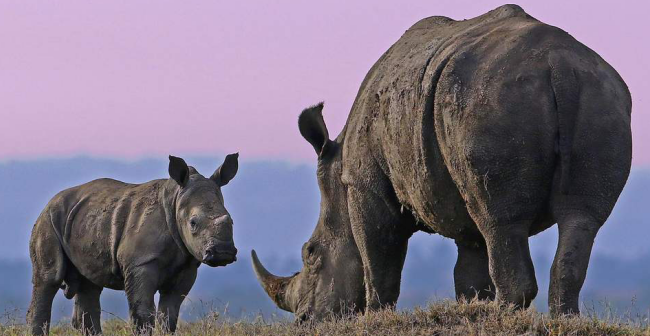
Hundreds of animal species are at risk of extinction because wildlife trade restrictions are taking too long to come into effect, a major new study warns. Over a quarter of animals on the International Union for the Conservation of Nature (IUCN) red list—the world’s most seriously endangered—are not protected by CITES (the Convention on International Trade in Endangered Species of Wild Fauna and Flora). CITES is regarded as the primary international framework for preventing species extinction due to international wildlife trade. It came into force in 1975 in order to regulate trade in wildlife products, and can put into effect bans on sales of certain species or their body parts.
The research also revealed the long wait species have to gain recognition by CITES. Even among IUCN’s red-list species, 62 per cent of those protected by CITES had waited as long as 19 years for recognition or are still waiting to be listed up to 24 years after being first considered.
The researchers said the pattern of slow recognition by the convention was the same even for the most threatened species. The team collected data on 958 threatened species particularly targeted by the international wildlife trade, and looked at how they were classified by the IUCN and treated by CITES. They found 28.2 per cent of species on the IUCN red list were not listed by CITES, a discovery the researchers said was “striking”.
But the research also revealed 36 per cent of the species studied were already protected by CITES before making them on the Red List. The authors suggested this could be because CITES had information not available to the IUCN, or “could be due to staffing and other resource constraints at the IUCN”. However, they added, “We consider the situation in which CITES protection is delayed relative to the Red List finding to be a more severe problem than the reverse situation.”
本时文内容由奇速英语国际教育研究院原创编写,未经书面授权,禁止复制和任何商业用途,版权所有,侵权必究!(作者投稿及时文阅读定制请联系微信:400-1000-028)
1.Which of the following is NOT the fact about CITES?
A More than 1/4 of the world’s most seriously endangered animals are not protected by it.
B It is the only international convention for preventing species dying out due to international wildlife trade.
C It was signed in 1975 to regulate the wildlife products trade.
D It has the right to ban the sales of certain species or their body parts.
解析:选B。细节理解题。根据第一段倒数第二句CITES is regarded as the primary international framework for preventing species extinction due to international wildlife trade.可知CITES是防止国际野生动物贸易导致物种灭绝的主要国际框架,而非唯一的公约。故选B。
2.What does the underlined word “them” in the last paragraph refer to?
A 62 per cent of species protected by CITES.
B 958 threatened species interesting the international wildlife trade.
C 28.2 per cent of species on the IUCN red list.
D 36% of the species studied by the researchers.
解析:选D。词意指代题。根据画线单词所在句子的前后语境可知,them即指代前面提到的“被研究的36%的物种”。故选D。
3.What is the main problem with CITES?
A Its recognition process for animals in need of protection was too slow.
B It didn’t know how to bring the wildlife trade restrictions into effect.
C It didn’t know how to treat the species on the IUCN red list properly.
D Its protection of the endangered species was not disclosed to the IUCN.
解析:选A。细节理解题。根据前三段中每段第一句的内容和最后一段最后一句的We consider the situation in which CITES protection is delayed relative to the Red List finding to be a more severe problem than the reverse situation.可知它的主要问题是它对需要保护的动物的认可流程太慢,保护滞后。故选A。
4.What’s the researchers’ attitude toward CITES according to the passage?
A Interested.
B Concerned.
C Unsatisfied.
D Approved.
解析:选C。推理判断题。根据第三段最后一句They found 28.2 per cent of species on the IUCN red list were not listed by CITES, a discovery the researchers said was “striking”.和第四段最后一句的内容可知他们对濒危野生动植物种国际贸易公约的行为是不满意的。故选C。